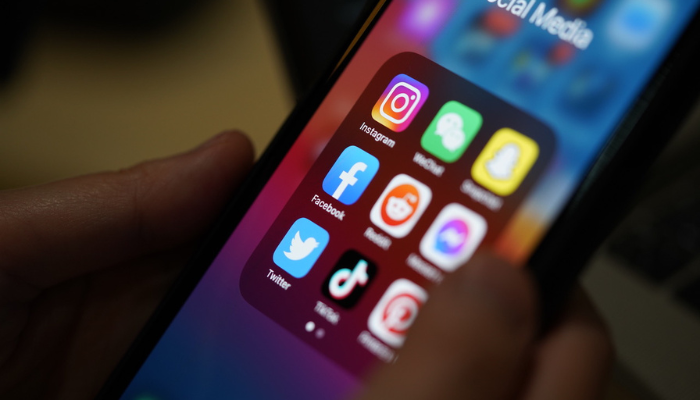
04 Oct Hey Zuckerberg, Remove Those Robots from My Social Timeline!
The introduction of AI chatbots into social feeds marks a significant departure from Meta’s original mission of connecting people. Facebook, the predecessor to Meta, was initially designed to promote connections between individuals, allowing friends and families to interact and expand their social circles. It encouraged users to create a web of connections, or “the social graph,” to make the world a better place through digital interactions.
However, adding AI chatbots to social feeds disrupts this primary goal. Social media feeds work on a simple principle: every interaction with a chatbot, whether pretending to be human or acting like a search engine, takes away an opportunity for interaction with family or friends. This shift from human-to-human to human-to-chatbot interactions weakens the genuine authenticity and connection that social media platforms were founded upon.
In a world where chatbots become part of your social circle, you might end up chatting with an AI version of your relative, which, although possibly clever, lacks the real human connection you desire. Engaging with AI-driven avatars instead of actual people goes against the essence of social interaction.
When concerns about this are raised, Meta’s VP of generative AI, Ahmad Al-Dahle, defends AI bots, claiming they will improve human interactions. He argues that these AI chatbots will entertain users and help them develop new skills, ultimately improving emotional intelligence (EQ) and fostering more meaningful connections.
Nevertheless, it’s important to remember that Facebook was initially desgined as a platform for connecting with friends and family, encouraging users to build genuine, meaningful relationships and maintain social ties. The introduction of AI chatbots, even those mimicking celebrities, poses a risk of overshadowing these genuine human connections and weakening the core of social interaction on these platforms.
In response to these developments, some have suggested that Meta should consider splitting into two companies. One would manage the profitable yet troubled social networks, while the other would concentrate on harnessing Meta’s capabilities in mixed reality and AI free from the intricacies of social media.
Meta’s recent product launch, the Quest 3, represents a significant advancement in mixed reality technology. Priced at $500, it aims to compete with products like Apple’s Vision Pro, offering a more affordable and accessible option. Yet, the actualization of a mixed-reality transformation, where the digital and physical realms seamlessly merge, probably lies a decade or more in the future.
As technology evolves, it’s important to consider potential consequences and deviations from original missions. While AI-driven innovations can provide efficiency and benefits, they must align with the core principles and values of the platforms they integrate into. Meta’s ongoing AI strategy will undoubtedly shape the future of social interaction, raising questions about the balance between AI and genuine human connections in the digital age.



